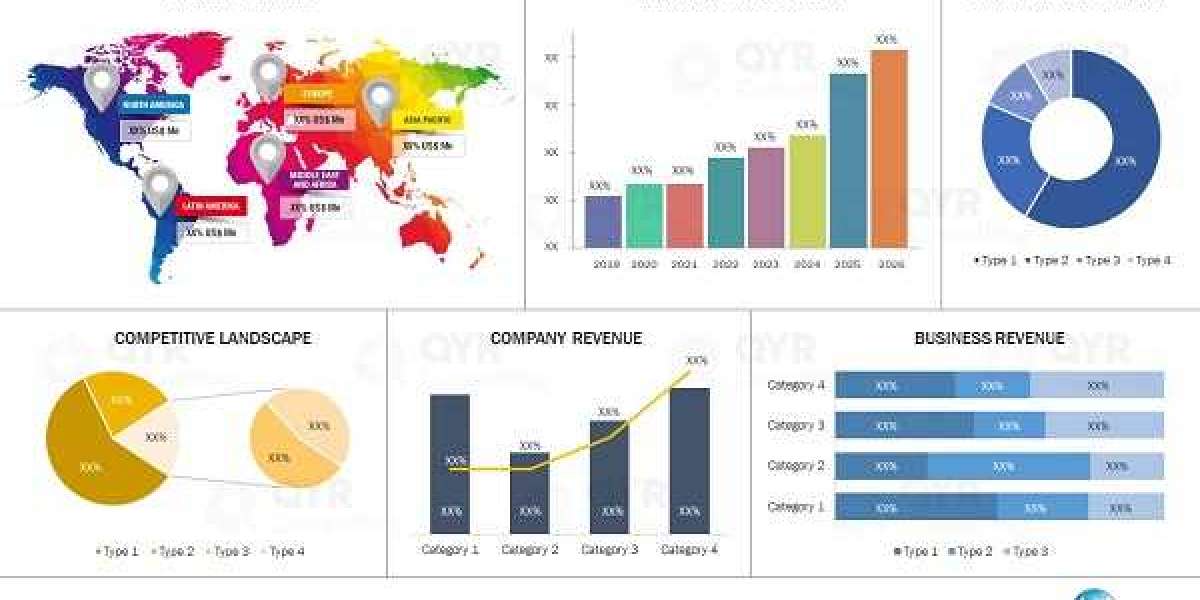Benefits of Lipozem
- Supports Weight Loss
The combination of fat-burning ingredients in Lipozem may help users shed excess body fat. By increasing fat oxidation, boosting metabolism, and curbing appetite, Lipozem has the potential to aid in weight loss, especially when combined with a balanced diet and regular physical activity.
- Improved Energy Levels
Lipozem’s caffeine and green tea extract content may help improve overall energy levels, making it easier for users to stay active and perform daily tasks without feeling fatigued. This increase in energy can also enhance exercise performance, leading to more effective workouts.
https://www.furaffinity.net/journal/11101799/
https://eventprime.co/o/lipozemtry
https://lipozem-try.mywebselfsite.net/
https://au.pinterest.com/pin/1120974163501872289/
https://lipozem-2750b4.webflow.io/
https://lipozempills.godaddysites.com/
https://groups.google.com/g/lipozem-pills/c/-6pVuRESRsQ
https://sites.google.com/view/lipozem-pills/
https://lipozem-pills.blogspot.com/2025/03/Lipozem%20Weight%20Loss.html
https://lipozem-pills.mystrikingly.com/
https://lipozem-pills.hashnode.dev/burn-fat-faster-with-lipozems-powerful-formula
https://www.deviantart.com/lipozempills/journal/Lipozem-Ignite-Your-Fat-Burning-Potential-1177405143
https://www.italki.com/en/post/jp3OdEJIDQbfB6GDLxD4ja
https://store.yadea.com/community/xenforum/topic/166509/lipozem-ignite-your-fat-burning-potential
https://www.facebook.com/OfficialLipozem/
https://www.tumblr.com/lipozempills
https://skiomusic.com/lipozempills/lipozem-lipozem-a-revolutionary-way-to-burn-fat-naturally
https://freeguestpost.online/unlocking-the-power-of-lipozem-transform-your-body-in-weeks/
https://nas.io/healthfacts/challenges/lipozems-secret-formula-science-meets-slimming
https://trandingdailynews.com/the-lipozem-effect-achieving-the-impossible-in-weight-loss
https://magic.ly/healthfacts/Discover-the-Game-Changer-in-Weight-Loss:-Lipozem
https://hasster.com/blogs/70737/Lipozem-Your-Shortcut-to-a-Leaner-Healthier-You










